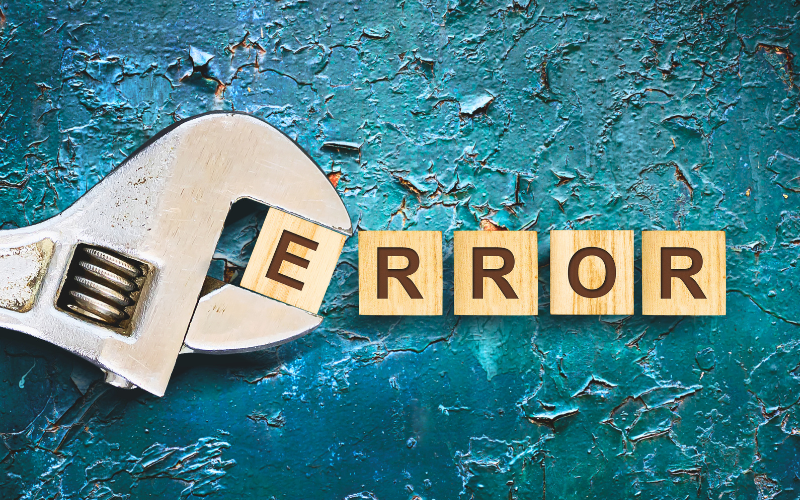How to Correct Workplace Errors

Workplace errors happen to everyone working in office space. Therefore, it is not something to be lamented, it is something to be sorted out. When we try to manage workplace errors it enhances our self-confidence, gives a sense of motivation and helps us identify and target our goal. Effectively managing workplace errors is crucial for maintaining productivity, fostering a positive work culture, and ultimately achieving success. In this guide, we have outlined steps to correct the mistakes at the workplace.
1. Avoid the workplace error:
The most important thing to consider is to be cautious to avoid workplace errors. To avoid mistakes, you need to review and reevaluate things. Whenever you finalize a new project, prepare official reports or presentations do not forget to give a second look. Further, making timely arrangements is a must to avoid mistakes from happening in the workplace. For instance, if you are going to arrange a corporate meeting, ensure to make all necessary arrangements hours before the meeting starts.
2. Identify the Error:
In the pursuit of correcting any workplace error, it is foremost important to identify it accurately. This requires open communication and thorough analysis of the task. Whether it’s a missed deadline, a miscommunication, a quality issue, or a reporting error, pinpointing the exact nature of the error is essential. Being an employee if you know that you have committed an error, don’t be demoralized, try to identify and correct it.
4. Analyze the Root Cause:
Once the error is identified, delve deeper into its root cause. Was it due to inadequate training, flawed processes, unrealistic expectations, or simply human error? Conduct a thorough analysis to understand why the mistake occurred to prevent its recurrence in the future. This may involve gathering input from relevant team members, reviewing procedures, and assessing external factors that contribute to the error.
5. Develop a Corrective Action Plan:
Based on the root cause analysis, devise a corrective action plan to address the error effectively. Set clear objectives, timelines, and responsibilities for implementing the necessary changes. Seek help from the fellows to ensure commitment to the proposed solutions. The corrective action plan should be comprehensive, outlining specific steps to rectify the error and prevent similar incidents in the future.
6. Implement Solutions:
Execute the corrective action plan diligently, ensuring that each step is carried out according to the established timeline. Provide necessary resources and support to facilitate the implementation process. Communicate the changes to all affected parties, emphasizing the importance of learning from mistakes and striving for continuous improvement. Monitor progress closely and be prepared to make adjustments as needed to achieve the desired results.
7. Learn and Adapt:
Viewing errors as learning opportunities is essential for fostering a culture of innovation and growth within the organization. Encourage reflection and open dialogue about lessons learned from the error correction process. Emphasize the importance of feedback and continuous improvement, encouraging employees to share insights and suggestions for optimizing workflows and minimizing future errors. Use each mistake as a catalyst for positive change and organizational development.
Conclusion:
Correcting workplace errors is an integral part of personal development and growth. Whether you are a neophyte or a seasoned individual in an organization, errors are bound to happen. The thing that makes difference is how to handle the mistakes. Embrace errors as opportunities for improvement, improve collaboration, and innovation to thrive in today’s dynamic business environment. Identifying and correcting workplace errors is one of the essentials of workplace etiquettes as it improves your personality and professional standing.




